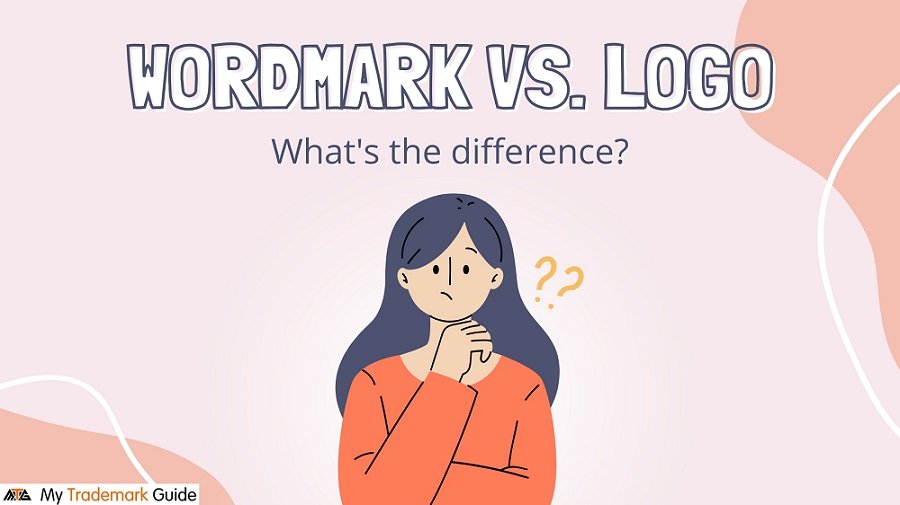Wordmark vs Logo Trademark: Which Has Better Chances of Registration?
Understanding Wordmark and Logo
When it comes to protecting a brand through trademark registration, one of the key decisions to make is whether to register a wordmark or a logo/device mark. Both forms offer their own advantages, but they also differ significantly in terms of registration, protection scope and legal enforceability. This article explores the comparative chances of registration between a wordmark and a logo trademark in India.
Wordmark
A wordmark is a textual representation of a brand name, typically consisting of alphabets, words, or numerals (e.g., DAILY RITUAL).
- It protects the name regardless of font, color or design.
- Example: AMAZON, NIKE, ZARA.
Logo / Device Mark
A logo (device mark) includes stylized letters, images, designs, colors or a combination of these.
- It protects the visual representation or graphical style.
Example: For instance, Nike’s iconic swoosh design is recognizable and protected even when the brand name isn’t displayed.
Wordmark vs Logo Chances of Registration: Which is Better?

- Distinctiveness and Registrability
Criteria | Wordmark | Logo |
Inherently Distinctive | Harder for common words or descriptive names | Easier to make distinctive with creative design |
Descriptive Terms | Likely to face objection under Section 9(1)(b) | May be registered if the design element is unique |
Generic Phrases | Mostly refused | May succeed if the logo transforms the phrase into a creative design |
✅ Advantage: Logo — A logo can bypass objections to some extent if the wordmark is descriptive.
- Scope of Protection
- Wordmark offers broader protection. Once registered, it prevents others from using the mark in any style, font, colour, device mark or logo.
- Logo registration is limited to that specific graphical representation.
✅ Advantage: Wordmark — It gives stronger legal enforcement and broader brand protection.
- Objection Under Section 11 (Similarity with Existing Marks)
- Wordmarks are easier to compare phonetically, which may lead to more objections if a similar mark exists.
- Logos with unique designs may distinguish the mark visually, reducing chances of objection.
✅ Advantage: Logo — More chances of successful registration if creatively designed, even with phonetically similar marks.
- Searchability and Clearance
- Wordmarks are easier to search during trademark clearance.
- Logos are harder to search due to the visual nature; examiners rely on Vienna codification for logo searches.
✅ Advantage: Wordmark — Easier to clear and monitor.
- Marketing and Branding Perspective
- Logos contribute significantly to visual branding and recall.
- Wordmarks play a key role in building brand identity and securing exclusive rights over domain names linked to the brand.
✅ Tie — Depends on brand strategy.
What Should You Choose in Wordmark Vs Logo?
Situation | Recommended Trademark Type |
Brand name is unique and invented | Wordmark |
Brand name is descriptive or weak | Logo (device mark) |
You want broad legal protection | Wordmark |
You want faster registration with fewer objections | Logo |
Ideal strategy for strong protection | File both wordmark and logo |
Best Practice: File Both
If budget permits, filing both a wordmark and a logo ensures:
- Comprehensive protection
- Brand security in text and design
- Flexibility in enforcement and marketing
Conclusion
While a wordmark offers broader protection and is ideal for strong, distinctive names, a logo can significantly improve your chances of registration when dealing with descriptive, generic, or suggestive names. The right approach depends on the nature of your brand, the risk of objection, and your branding goals.
If you’re unsure about which type to register, consult with a trademark attorney or professional for a preliminary search and strategy—this small step can save significant time and cost in the future.




